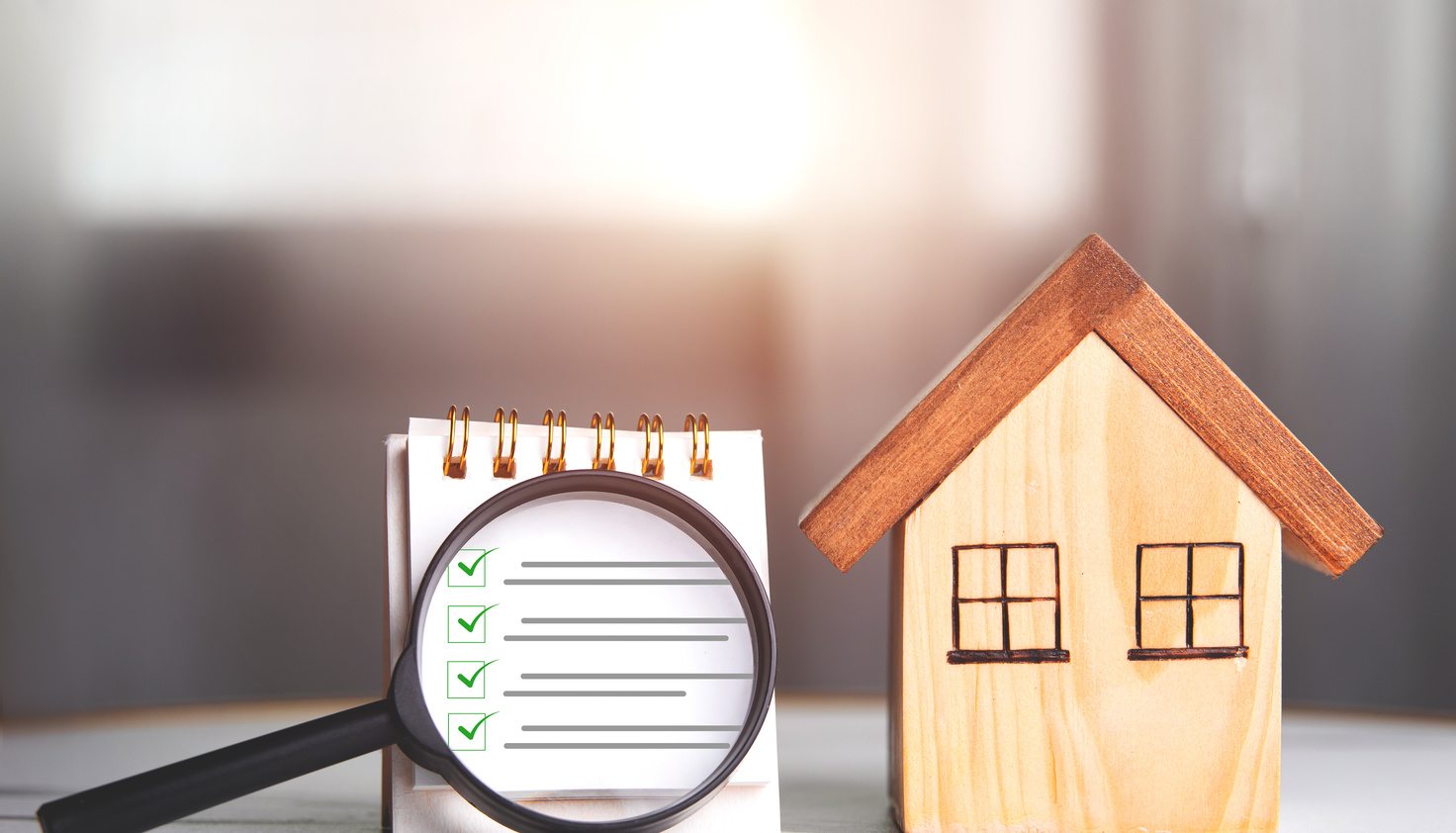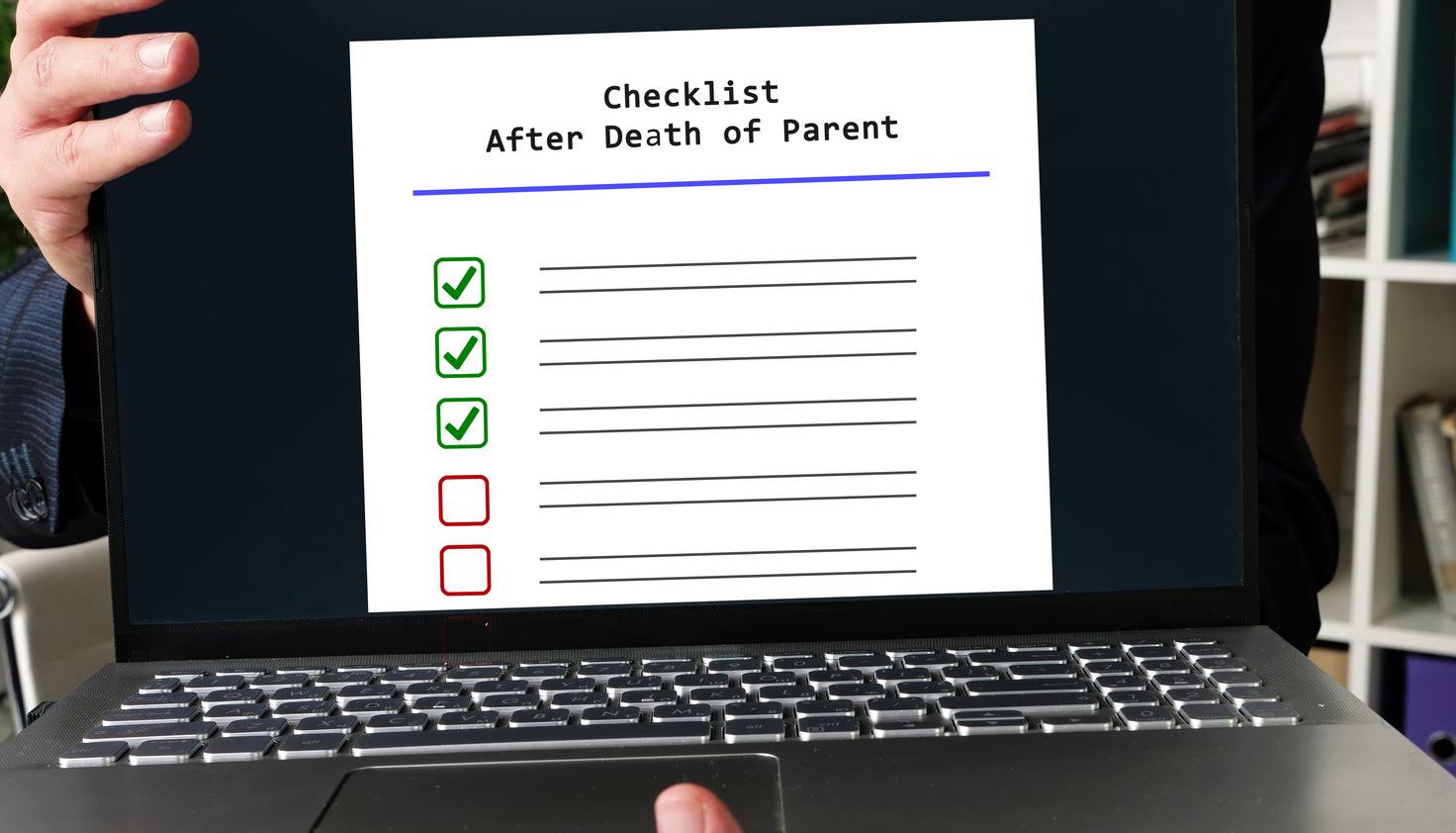One of the most daunting things about selling your home is not knowing what to do before it’s listed.
Sound accurate?
Let me try to jump in your shoes for a minute…
You have an organizational mindset and like to prepare for things ahead of time.
But the thought of selling your house is starting to give you a little anxiety.
And you’re already thinking about your next move.
You want to sell for the best price –– and in the fewest days.
But you’re not sure what to do before listing your home to help you accomplish that.
And you’re not quite ready to reach out to a real estate agent.
Am I close?
If so, you’re in the right place.
I’m going to give you a list of the tasks you should undertake.
Here are the top nine things you should do before selling your house.
1. Identify your primary home selling goal
Every homeowner wants to achieve something when selling their house.
It may be one or more of the following:
- Getting top dollar
- Selling fast
- Minimizing stress.
Those goals are generally tied to why the seller is putting their home on the market.
For example, someone who is selling and buying at the same time might favor a speedy sale.
A seller who is retiring and moving out of their area might not need to sell as quickly.
Instead, they might be more focused on maximizing their sale price to fund their retirement.
Someone selling an inherited home might want to prioritize an easier sale.
Think of your ultimate home selling goal as your North Star.
Before modern times, sailors would use the brightest star at night to navigate their way home.
Do the same when using your primary objective to sell your home.
But use it to guide you toward your definition of a successful home sale.
And make sure this is the first thing you cross off your home selling checklist.
Here’s why…
Identifying your primary goal is the key to implementing the right strategy to sell your home.
And the right strategy is the key to achieving your main objective.
In other words…
Understanding what you want to achieve will guide you in making better decisions before selling your house.
2. Pinpoint negative selling features
One of your top priorities when planning to sell your house should be to show it in its best possible light.
But that also involves taking an honest assessment of your property’s features that have the potential to deter buyers.
These are what I call “negative home selling features.”
They’re things like:
- Nearby transformers or high-voltage power lines
- Proximity to noise (e.g., a busy street, a school, train tracks, or an airport)
- Water issues in the basement
- An undesirable or outdated layout
- Being situated at an intersection or near apartments.
Looking for these unfavorable attributes is one of our key home selling tips.
Why?
Because it allows you and your real estate agent to address potential drawbacks proactively.
More specifically, assessing negative features before listing your house will help you:
- Be transparent with prospective buyers
- Avoid setting an unrealistic asking price
- Attract more buyers with the right marketing.
Here’s what you should do…
Carefully walk through your property — inside and out –– before you hire an agent.
Make a detailed list of anything you think a potential buyer might find negative about your house.
Taking an unbiased approach here is key.
Bring the list to your real estate agent and ask them to assess the property, too.
Then discuss how these features should be integrated into your selling strategy for the best possible outcome.
3. Gather home improvement records
One of the best things to do before selling your house is to pull together all records of work you (or previous owners) did to improve the property.
There are two primary benefits to doing this.
First, it can help you expedite the process of gearing up to sell your house.
How?
Inspectors will sometimes have questions about the scope of any work you’ve completed.
With documents in hand, you can provide these details and potentially avoid any red flags or concerns that might arise from a home inspection.
Second, providing documentation of repairs and upgrades helps bolster buyer confidence when they consider making an offer.
And that proof of TLC can boost what they’re willing to pay.
Many buyers are concerned that they’re missing something when they walk through a house.
So evidence that you took care of all the little details can help them overcome their anxieties.
The documentation to collect includes:
- Work contracts with any companies or contractors
- Home inspection reports
- Paid invoices or receipts
- Professional licenses and work permits
- Guarantees and warranties.
Here’s what you should do after gathering proof of work done to your house…
List all repairs and upgrades in a document, and attach it to the above records.
But be sure to also list the cost of any repairs of more than a few hundred dollars.
Then give the document to your real estate agent so they can have it readily available for buyers and their agents.
This is a task you can do before you sell your home that can help move a curious buyer to an interested buyer.
4. Know what to look for in a listing agent
True or false? You should like the real estate agent you hire.
True.
Now, true or false? Likability means they possess the right qualifications.
False!
Many sellers make the mistake of equating familiarity or friendliness with expertise.
They hire someone they know, look for an agent who gives them good vibes, or rely on a referral.
Those real estate agents might be qualified to help you sell your home for top dollar and in the shortest time.
But their appeal or likability has nothing to do with their actual effectiveness or ability to deliver results.
Fundamentally, your choice of an agent is the most important decision you’ll make throughout the entire home selling process.
And for that kind of decision, their qualifications matter most.
To know how to pick a realtor to sell your house, you need to understand four critical things:
Low dual agency rate: Agents who frequently represent both the seller and the buyer in the same transaction have a reputation for putting their commission before the best interests of their clients. These are the agents you should avoid. You can learn more by reading our dual agency guide.
No contract commitments: Most real estate agents require sellers to sign a lengthy contract that prohibits them from working with another agent. This can disincentivize your agent from ensuring the sale moves quickly and lead to your home sitting on the market. Consider agents that let you move at any time, without owing any commission.
Reputable track record: Read online reviews from their previous clients to understand what other sellers have liked or disliked about the process. This can include things such as communication, service, negotiating abilities, and responsiveness.
Relevant selling experience: You’re most likely to secure an agent who has the know-how to attract the right buyers if they have relevant selling experience. So consider a real estate agent who has at least some experience selling homes like yours in your area and in your price range.
5. Declutter and depersonalize
It’s important to remember something when you’re considering what things to do to your house before selling:
It’s not your house anymore.
If you want potential buyers to fall in love with it, then they need to imagine themselves — not you — in the home.
That means you need to be thorough when decluttering and depersonalizing in this phase of the preparation process.
Here’s how you can do that:
Remove personal items
Start by taking down family photos and any other items that reflect personal tastes, hobbies, or religious beliefs.
This will help potential buyers visualize themselves in the space without the distraction of your personal life.
Clear off surfaces
Remove as many items as you can from countertops, shelves, and tabletops.
A minimalist approach to surface decor can minimize distractions and make the space feel cleaner and larger.
Organize closets and storage areas
Buyers leave no stone unturned — they’ll look in closets, cabinets, and storage areas when viewing your property on a home tour or at an open house.
So declutter these spaces as much as possible to show off their full capacity.
An organized storage area will suggest that your home has ample space for a buyer’s belongings.
Rearrange or remove furniture
If you’ll be living in the house while it’s listed, keep only essential pieces of furniture that enhance the functionality and flow of each room.
Think about removing or storing oversized items, extra seating, or personal items that clutter your home’s space.
Consider temporary storage
If necessary, rent a storage unit for personal items, excess furniture, and boxes to keep them out of the home during open houses and showings.
This is crucial if you have limited storage space or a lot of personal belongings.
Do a deep clean
A deep cleaning goes hand in hand with decluttering.
Clean homes appear more spacious and cared for, contributing to an impression of being move-in ready.
And buyers will notice the details.
So make sure you clean the hard-to-see things before your home is listed.
6. Neutralize your walls
Want to maximize your home’s appeal with prospective buyers?
Then paint your walls with neutral colors.
Repainting walls, removing wallpaper, and replacing everything with neutral colors can enhance a potential buyer’s view of your home.
First off, it instantly modernizes your home.
Wallpaper and colors that were popular 30 years ago make rooms feel dated and dull.
Plus, neutral colors make spaces feel larger and brighter.
And they make it easier to stage the home effectively, which will help potential buyers envision the space as their own.
So, before you sell your house, take some time to evaluate the colors and plan for updates.
Here’s a to-do list you can follow:
- Walk through your house room by room. Assess the current state of your walls and decide whether you’ll repaint specific rooms or the entire interior. Keep in mind that fresh paint in only a few rooms may clash with old paint and make it stick out.
- Select light, neutral colors such as white, beige, soft gray, or light taupe. Ask your real estate agent for recommendations if you’re unsure.
- Choose a paint finish that suits the room’s function. For most walls, an eggshell or satin finish offers a slight sheen that’s easy to clean without being too glossy. Bathrooms and kitchens will usually benefit from a semi-gloss finish to better resist moisture.
- Prepare the walls before you paint — that means cleaning them, filling in any nail holes or cracks, and sanding down rough spots. This ensures a smooth, professional-looking finish.
- Use high-quality paint for better coverage and durability. Also, equip yourself with the right tools for the job, including rollers, brushes, painter’s tape, and drop cloths to protect floors and furniture.
- Apply a primer, especially when covering dark or bold colors. A coat of primer can help neutralize the existing color and improve the adherence and finish of the new paint.
- Paint like a pro. Start by edging corners and areas near the trim with a brush, then fill in larger areas with a roller. Apply paint evenly (smooth out those drips!) and consider two coats for the best coverage and color consistency.
- Follow the paint’s recommended drying times between coats and before moving furniture back into place or hanging pictures. This prevents smudges and ensures a professional-quality finish.
7. Enhance your curb appeal
Any list of things to do before selling your house is incomplete without a plan for the outside of your home.
After all, the exterior is the first thing potential buyers see.
And without a magnetic curb appeal, you may never lure those buyers inside to see the rest of your house.
But that doesn’t mean you need to break the bank.
Simple, inexpensive changes to your front yard can radically alter buyer perception.
It sets the tone from the start, boosting their enthusiasm when looking at your listing photos.
And when the exterior looks well-loved, prospective buyers are more likely to request a showing or visit an open house.
That’s why creating curb appeal can increase your home’s price point before it’s listed.
Here are a few things to do when freshening up the outside of your home:
- Consider landscaping improvements: Well-placed shrubs, trees, and flower beds can enhance the architectural features of the home and make the property feel more inviting.
- Clean up the lawn and garden: Mow the lawn, trim hedges, remove weeds, and clear any debris to keep the yard looking neat. Consider adding fresh mulch to garden beds to make the landscaping pop.
- Declutter the yard: Remove any unnecessary items from the yard — such as toys, tools, or unused garden furniture — to create a more inviting and open environment.
- Update the mailbox and house numbers: A new, stylish mailbox and clear, modern house numbers can boost your home’s curb appeal with a fresh, updated look.
- Replace outdated light fixtures: A modern lamp post, porch lights, and wall sconces add a finishing touch and brighten up your home’s exterior at night.
- Freshen up paint: A fresh coat of paint on the front door, exterior trim, and shutters can dramatically enhance the home’s facade. Choose colors that complement your siding colors for a cohesive look.
- Clean windows, siding, and walkways: Smudge-free windows and squeaky-clean siding and sidewalks can significantly brighten the home’s exterior. Consider power-washing the siding, walkways, and driveway to remove dirt and grime.
- Evaluate your garage door: The garage door is another focal point and takes up a lot of space. Consider painting it or replacing it if it’s in rough shape.
- Add plants and flowers: Setting colorful flowers or potted plants near the entrance can add color and warmth to make the entrance more welcoming.
8. Make basic repairs
You might have been thinking I would let you off the hook for repairs.
Sorry.
Repairs help you reduce potential concerns from buyers before you sell your house.
I’ve got some good news, though: In most cases, these don’t need to be big repairs or renovations.
Minor repairs can be just as effective.
Fixing obvious issues like leaky faucets, squeaky doors, or chipped paint can make the home look well-maintained and potentially lead to a higher sale price.
And buyers are less likely to request concessions or renegotiate the price when they see you’ve taken care of the essentials.
But, how do you decide what repairs to prioritize before you sell?
This isn’t the time to tackle the remodeling wish list you built up over the last decade.
Instead, focus on a simple plan that will provide the best return on investment.
Here’s how to do it:
- Schedule a pre-sale inspection: It’s far too easy to waste your time focusing on the wrong things to fix when selling your home. A pre-listing inspection can give you a comprehensive look at all potential issues so you can determine what to do.
- Focus on the critical repairs: Prioritize based on what will most improve the home’s appeal and value at the lowest cost. Focus on visible defects, safety issues, and anything that could significantly turn buyers away.
- Get advice from your agent: A great real estate agent will know exactly which repairs buyers in your neighborhood care about and what will deliver the most value.
- Decide on DIY or professional help: Hiring a professional costs more money, while going DIY eats up more of your time. Consider the quality of the work, the time involved, and the potential for mistakes before opting to DIY significant repairs.
- Keep detailed records: Keep receipts and detailed records of all repairs and maintenance. This documentation may prove valuable during negotiations.
9. Improve lighting
Effective lighting can be the difference between drab and delightful when a buyer walks into a room.
It’s just one more way to open up the space and make your home more welcoming and attractive.
As you prepare your home, take another walk through each room with the following questions in mind:
- Are all lights working correctly? Replace any burned-out bulbs and repair broken fixtures.
- Is everything bright enough? Are there any dim corners? Consider increasing the wattage of bulbs or adding additional light sources such as floor and table lamps. In some areas, you may want to install new fixtures or even recessed lighting for a more modern look and added illumination.
- How’s the natural light? Clean windows and open curtains and blinds during showings and open houses to maximize natural light. But don’t forget to turn the lights on too!
- Are you using LED bulbs? If not, consider updating to improve efficiency and attract buyers who care about sustainability and saving on utility bills.
These small adjustments can transform the appearance of your home.
Bright rooms are simply more appealing — and more uplifting — setting the stage to put buyers in a better mood. This is especially important in basements, hallways, or other naturally dim areas.
Brighter light can also make rooms feel larger and more open.
And needless to say, enhanced lighting can make your home look more vibrant and attractive in marketing materials.
Which can bring more buyers to the door.
The Home Stretch: Wrapping Up Your Pre-Listing Journey
I know — there’s a lot to do to your house before selling.
But it’s all part of the process for ensuring a smooth sale and getting top dollar for your home.
The work you do on the front end will pay off if you put your effort in the right places.
And knowing how to put your best foot forward as a home seller will help take the stress out of the process.
Following the advice we’ve discussed will put you in a better position when you prepare to put your house on the market, regardless of the real estate market in your area.
Still unsure about what you should do to your house before selling?
Learn more about how to get your house ready to sell.





